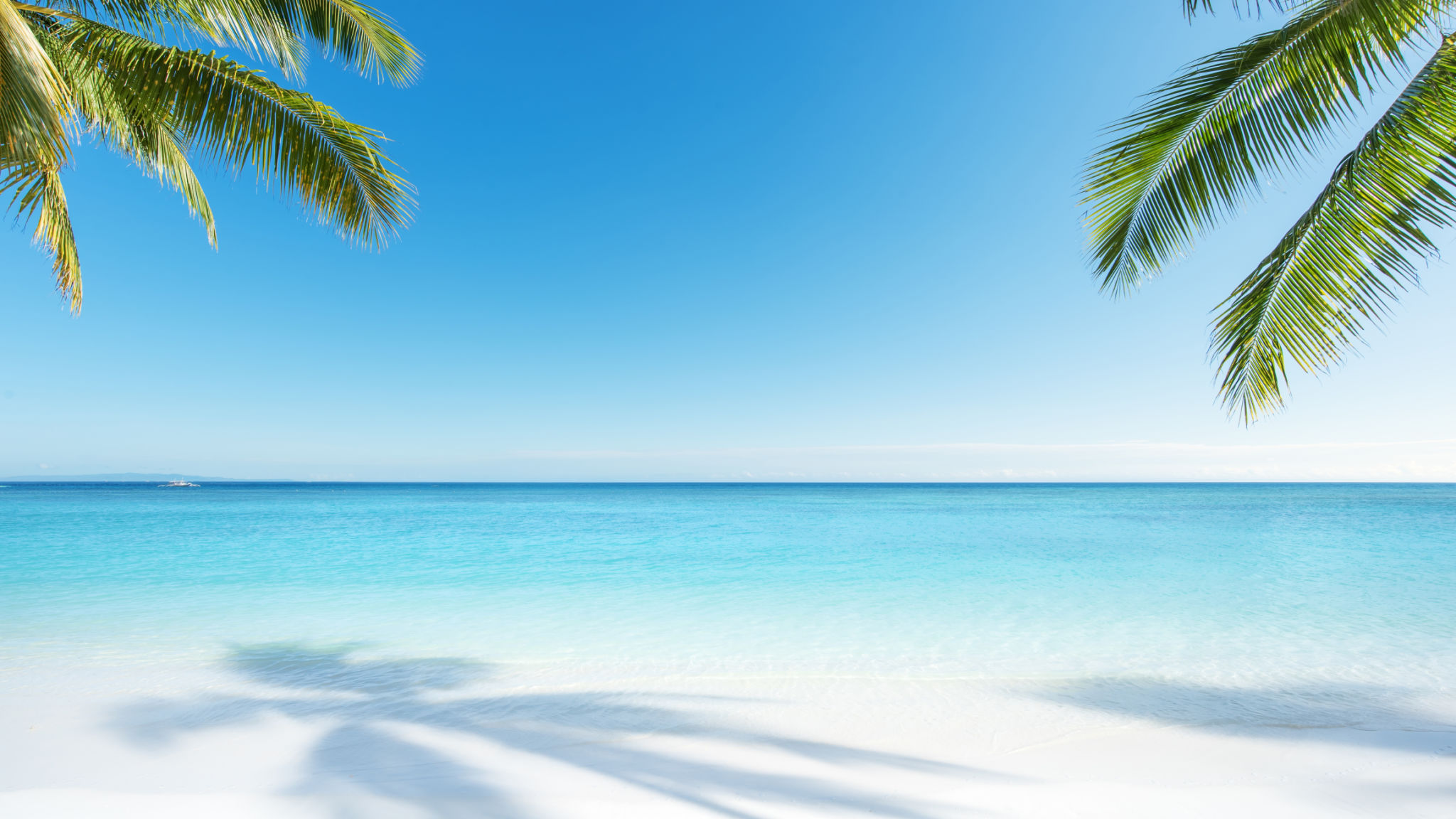Seasonal Energy Saving Tips: Preparing for Singapore's Climate
Understanding Singapore's Climate
Singapore's tropical climate is characterized by high humidity, warm temperatures, and frequent rainfall throughout the year. This unique environment requires specific energy-saving strategies to maintain comfort while minimizing energy consumption. As the city-state experiences little variation in temperature, it's essential to adopt energy-efficient practices that are effective year-round.

Optimizing Air Conditioning Usage
Air conditioning is a staple in Singaporean homes, given the persistent heat. To maximize energy efficiency, set your air conditioner to a temperature of about 25°C. This setting strikes a balance between comfort and energy savings. Regular maintenance, such as cleaning filters and checking for refrigerant leaks, can also enhance your air conditioner's efficiency.
Consider using fans to complement your air conditioning system. Ceiling and standing fans help circulate cool air more effectively, allowing you to raise the air conditioner’s thermostat setting without sacrificing comfort. This can lead to significant energy savings over time.
Enhancing Natural Ventilation
Leveraging natural ventilation can reduce reliance on air conditioning. Open windows during cooler parts of the day to allow fresh air to circulate through your home. Cross-ventilation, achieved by opening windows on opposite sides of a room or building, is particularly effective in creating a refreshing airflow.

Planting trees and shrubs around your home can also provide shade and reduce indoor temperatures naturally. This not only improves comfort but also reduces the need for artificial cooling methods.
Efficient Lighting Solutions
Lighting accounts for a notable portion of household energy consumption. In Singapore's bright climate, take advantage of natural daylight whenever possible. During the day, open blinds or curtains to let in sunlight, reducing the need for artificial lighting.
Switching to LED bulbs is another effective strategy. LEDs use significantly less energy than traditional incandescent bulbs and have a longer lifespan, making them a cost-effective choice for energy-conscious households.

Smart Appliance Use
Modern appliances often come with energy-saving features that can help reduce electricity use. When purchasing new appliances, look for models with high energy efficiency ratings. These appliances consume less power while providing the same level of performance.
Additionally, practice mindful usage of appliances. Turn off devices when not in use and unplug chargers and electronics that are not being actively used. Such small actions can accumulate into substantial energy savings over time.
Water Heating Considerations
Water heating can be another significant source of energy expenditure in Singaporean homes. To minimize costs, consider installing a solar water heater. This system uses the sun's energy to heat water, providing a sustainable and cost-effective alternative to electric water heaters.
If solar heating is not an option, using an instant water heater rather than a storage water heater can also reduce energy consumption. Instant heaters only heat water as needed, avoiding the constant energy drain associated with keeping a tank of water hot.
Conclusion
Preparing for Singapore's climate with smart energy-saving strategies can lead to decreased utility bills and a reduced carbon footprint. Whether it's optimizing air conditioning usage or enhancing natural ventilation, each small change contributes to a more sustainable lifestyle. By adopting these tips, residents can enjoy a comfortable living environment while also being mindful of their energy consumption.
